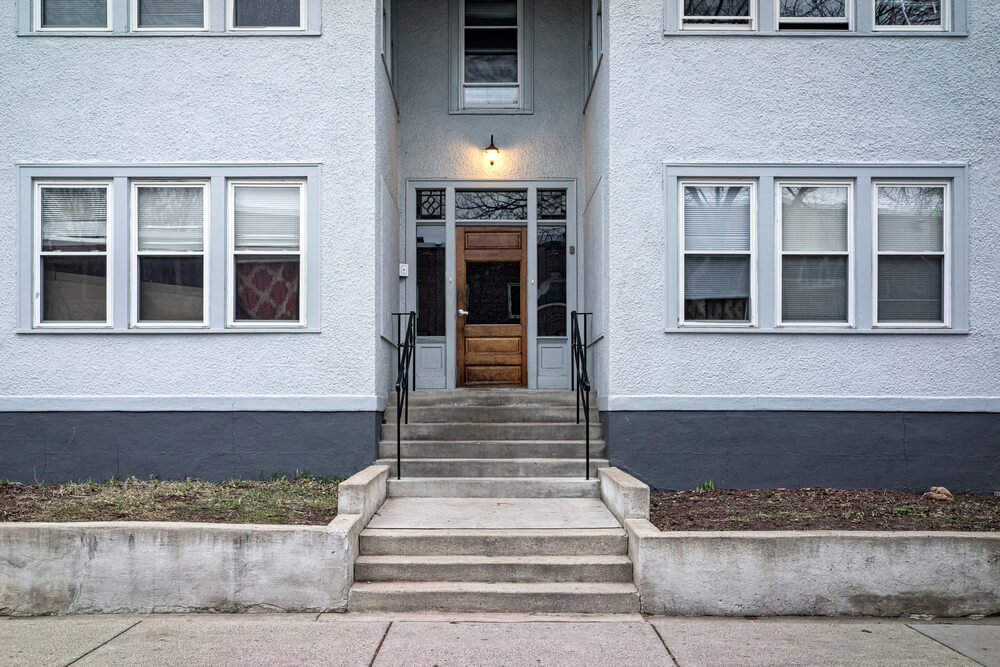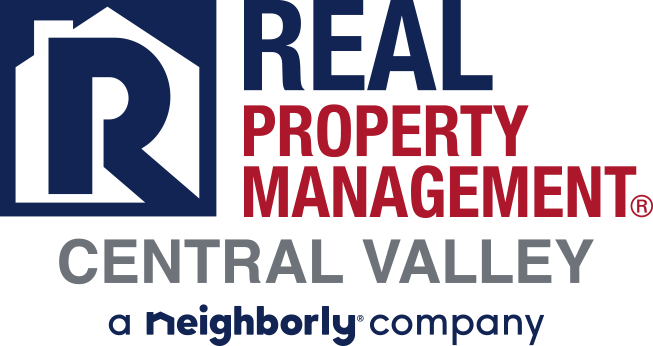Rental Property Improvements – Should You Add Wood Paneling to Your Rental?

Are you thinking about improving your rental property in 2020? If so, one Improvement that you may be considering making is adding wood paneling to one or more of the rooms inside of your rental.
As with any trend, wood paneling goes in and out of style with every decade. As of 2020, certain types of wood paneling including materials such as shiplap are currently in style but as we mentioned above, it’s easy for certain interior design trends to go out of style as quickly as they come in style.
Why You Don’t Want to Add Wood Paneling
Instead of being motivated by interior design trends, including wood paneling, as an owner you should be looking at which materials are the “most durable” and “cost-effective” that you can add to your investment property.
Even though wood paneling may look stylish and some rental homes in the Central Valley, another reason why you don’t want to add it to your rental property is that some prospective tenants may think that the wood paneling makes the rental property look a lot older than it really is.
Having a rental property that looks dated is a huge disadvantage because even though you may have recently spent thousands of dollars updating it, if you’re not able to present a property that has a fresh, contemporary property, it’s going to be more difficult to rent that than you could possibly imagine.
What Other Options Do You Have Besides Wood Paneling?
Even though you may be disappointed about the thought of not adding wood paneling to your rental property, the good news is that there are a wide variety of wall textures and alternatives which you can choose for your rental including the following:
Lath and Plaster
Lath and plaster used to be a more time-consuming wall surface to install, however, over time, the system has evolved and is now a quicker and easier form of a wall to install, and makes a nice alternative to drywall. The system requires running wooden slats horizontally across the area, called lath, and it creates a backbone for the wall structure. The contractor then uses gypsum plaster, which is worked all over the lath, pushing it through all the cracks and crevices. The plaster is a bonding agent, called a key. Then another layer is applied all over to create the actual wall surface. It typically will require fine-tuning, meaning more plaster may need to apply here and there in order to get the exact look that’s wanted. This is a tedious task and it is not really a DIY project, but one that should be left for a skilled contractor familiar with this type of system.
Cement Board
Cement boards are stronger and sturdier than drywall. They are also a bit pricier, but the perks of this material can be very appealing, especially for those who live in high moisture areas because these are water, moisture and mold resistant. The panels can come in different sizes, colors, and designs, giving you all kinds of design options. Panel one wall in a room, an entire stairwell, or a whole room, it’s all up to your style and taste, and no matter what that is, this is a great alternative to drywall.
When most people think of the walls in their homes, and in most homes, they quickly picture walls that are constructed of drywall material. It’s not only cheap and easy to install, but it is the most common type of material used for walls in homes. Despite the ease of installation and the low cost of the material, a lot of people are not keen on having drywall in their home due to many typical issues that go along with the wall material. To start, drywall is very messy and dusty to work with. It doesn’t take much before you have a thick cover of drywall all throughout the room, you’re installing the drywall in.
Drywall is also notorious for showing its many flaws. It’s difficult to get drywall looking perfectly smooth and flawless. And just when you think you’ve achieved a fairly close perfection, one little accident near a wall can dent, ding, scratch, gouge, or even create a hole in the material. Drywall is not very dense, which accounts for the hollow sounds you can hear when you thump a drywalled wall. For those who are mold-conscientious, drywall is known to be highly susceptible to mold. It’s actually the perfect breeding ground, which means you should always be aware of any water damage or leaks that could create a mold issue behind drywall.
If you aren’t a big fan of drywall and are building a new home, or maybe doing some remodeling on your existing home, you may want to look into some alternatives to drywall. They may be a bit more costly than drywall, but the outcome of many of these materials is a very noticeable difference and one that can really add beauty and value to your home. Here are ten types of drywall alternatives for your walls. Take a look and get inspired for your own home.
Contact RPM Central Valley
Learn more about which renovations that you should make to your Central Valley rental property, or to speak with us about our Property Management Services, contact us today by calling 209-572-2222 or click here to connect us online.
